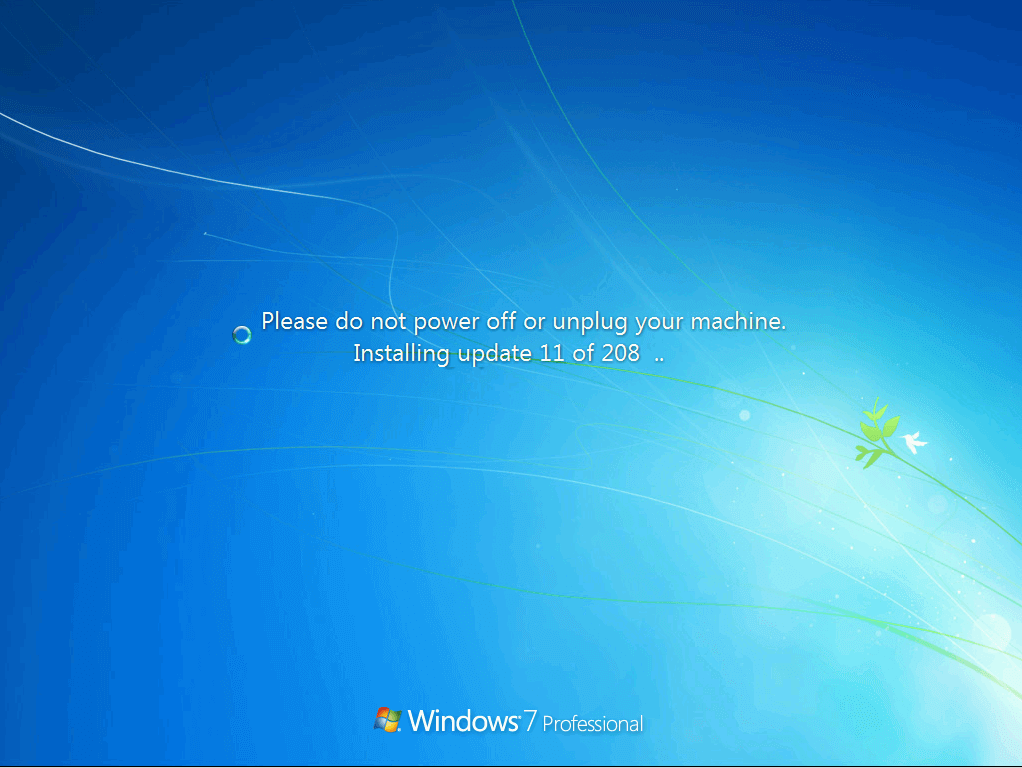Microsoft has historically released patches for Windows 7 and Windows 8.1 on an a la carte basis, allowing users to pick and choose which they prefer to install. Come October, however, Microsoft will be doing away with this option and will instead only offer cumulative updates on these platforms, mirroring how Windows 10 users get updates.
In a post on Microsoft's TechNet blog, senior product marketing manager Nathan Mercer said the practice of selective updates has resulted in fragmentation where different PCs could have a different set of updates installed. This, he added, leads to multiple problems.
For example, various combinations of updates can cause sync and dependency errors, increase testing complexity for enterprises and increase scan times. What's more, Mercer said finding and applying the right patches is challenging.
The new monthly rollups, which will begin in October of this year, will include all of the security and reliability updates in a single package that will be published to Windows Update (WU), Windows Server Update Services (WSUS), System Center Configuration Manager (SCCM) and the Microsoft Update Catalog. Each new update will supersede the previous month so there will always be just one update to grab. For example, the October 2016 update will contain all updates for October while the November 2016 update will contain fixes for both October and November and so forth.
Mercer said that over time, Microsoft will be adding patches to its monthly rollup that have been released with the goal of eventually having all previous patches since the last "baseline" (like Service Pack 1, for example) rolled into each new monthly rollup. Microsoft got a head-start on this back in May with the release of its optional post-SP1 Windows 7 rollup.

While a rollup model does simplify the process by giving users fewer updates to manage (a clean install, for example, can involve hundreds of individual hotfixes), Mercer skirts around the fact that not all updates are compatible with all PCs and applications. This is especially the case in business settings that may be using an older operating system in order to continue using legacy software or attached hardware that's integral to daily operations.
There will be two cumulative packages, one that bundles security and non-security fixes and another that's strictly for security fixes only. Mercer says the security-only update will allow enterprises to download as small of an update as possible which is good I suppose but still not ideal for such clients.
Another change that will certainly irk some users has to do with update documentation. Mercer notes that in order to bring "consistency," they will only provide consolidated release notes with rollups. In other words, Microsoft won't be as forthcoming with exactly what its patches will address which will make it more difficult to identify a rogue patch.
Do you agree with Microsoft's decision to shift from standalone hotfixes to cumulative patches? Is the convenience worth sacrificing the ability to hand-pick your updates? What happens when a rogue patch inside a rollup crashes computers on a large scale? Let us know what you think in the comments section below.
BSOD image courtesy Sakuoka, Shutterstock
